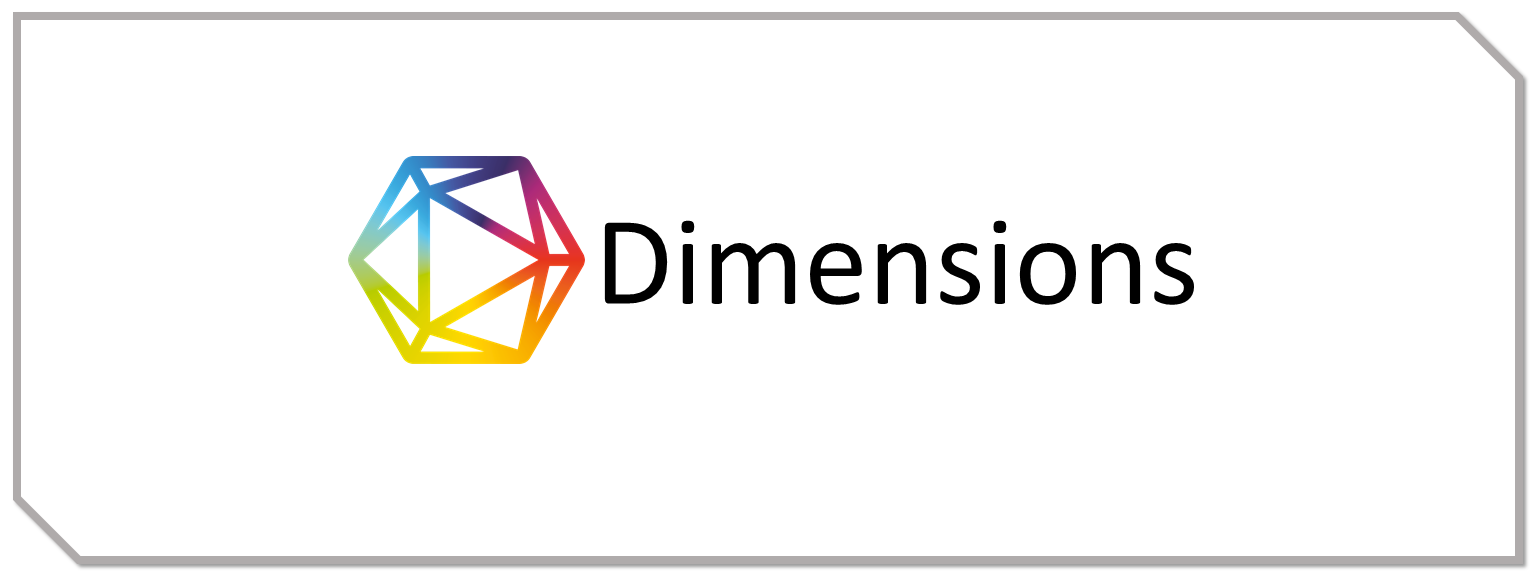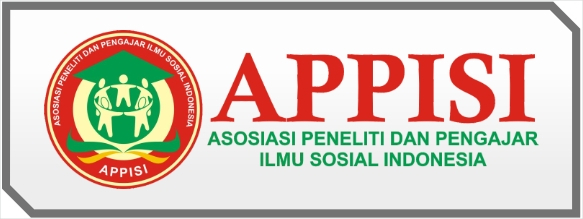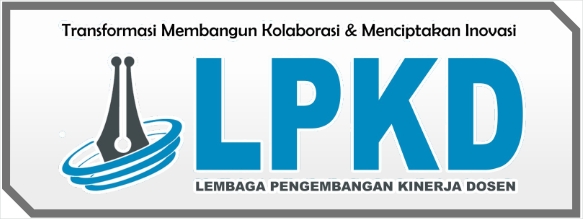Enhancing Students' Reading Comprehension Using Let’s Read Application In Visualization Strategy
DOI:
https://doi.org/10.55606/cendikia.v3i4.1673Keywords:
Reading comprehension, Let’s Read application, Visualization.Abstract
The primary goal of this study was to measure the effectiveness of Let's Read app in visualization strategy in improving students' reading ability. Let’s Read is an application that contains many stories with audio and is equipped with visual pictures that can help students learn to read. This study uses a quantitative and pre-experimental design to test. The pre-experimental used 2 tests, the pre-test at the beginning and the post-test after treatment. The sample in this research consisted of 36 tenth-grade students. The results confirmed that the post-test scores increased and exceeded the pre-test values. Furthermore, at a significant level of 0.05%, the t-score is calculated to be smaller than t-table. From this analysis, the Alternative Hypothesis (Ha) was accepted, while the Null Hypothesis (Ho) was rejected. Based on the facts through the results of data analysis, using Let's Read app in visualization strategy is proven to help in enhance students' reading comprehension. As a result, it is recommended that educators and students take advantage of this application to enhance reading comprehension.
References
Ambarini, R. (2016). The effectiveness of communicative purpose-based approach to Improve Speaking Skills in EAP Setting: A Case Study. ELT-Lectura, 3(2)
Babapour, M., Ahangsari, S., & Ahour, T. (2019). The effect of shadow reading and collaborative strategic reading on efl learner's reading comprehension across two proficiency levels. Innovation in Language Learning and Teaching, 13(4),318-330.
Creswell, J. (2014). Research design: Qualitative, quantitative and mixed method approaches (4th ed). London: Sage Publications Inc.
Creswell, John. W. 2012. Educational research, fourth edition. Lincoln: University of Nebraska.
Delneshin Danaei, Hamid R. Jamali, Yazdan Mansourian, H. R. (2020). Comparing reading comprehension between children reading augmented reality and print storybooks. Computers and Education, 153, 10.
Bella, A. A. (2022). The influence of using let's read asia towards students reading comprehension in narrative text at the eight grade of second semester of mts n 2 Bandar Lampung in the academic year 2021/2022. Repository Uin Raden Intan Lampung.
Budiharso. (2014). Reading strategies in efl classroom: A theoretical review. Cendekia: Jurnal Pendidikan Dan Pembelajaran.
Jember, I. (2022). Using cloze strategy to improve students' reading. Journal of Language Intelligence and Culture. 4(1), 1–14.
Niknejad, S., & Rahbar, B. (2015). Enhancing efl learners' reading comprehension ability through multimedia-based visualization. Journal of Applied Linguistics and Language Research, 2(6), 119–127.
Riadil, I. G. (2020). Investigating efl learners reading comprehension problems and strategies in Tidar University. JELLT (Journal of English Language and Language Teaching), 4(1), 48–58.
Torppa, M., Vasalampi, K., Eklund, K., Sulkunen, S., & Niemi, P. (2020). Reading comprehension difficulty is often distinct from difficulty in reading fluency and accompanied with problems in motivation and school well-being. Educational Psychology, 40(1), 62–81.
Wooley, Dr. Gary. 2011. Reading comprehension: Assisting children with learning difficulties. Brisbane: Spriser Science and Bussiness Media.






















